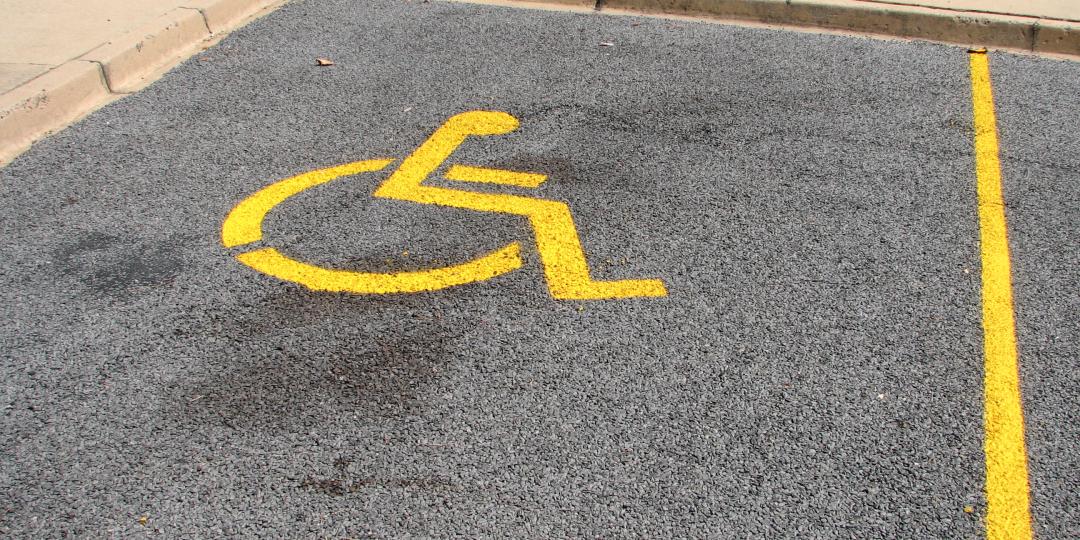Former pharmacist turned travel writer, Briony Chisholm travels around South Africa and writes about her experiences as a wheelchair-bound tourist.
While still working as a pharmacist, Chisholm went on a six-month road trip visiting clinics in seven provinces, and it was this experience that made her realise how much still needed to be done to develop accessibility in tourism.
“About 5% of the places we stayed in were actually accessible. I knew that we were going to the more rural parts of the country though, so I wasn’t expecting too much,” said Chisholm, emphasising that while South Africa’s cities were fairly accessible, it was the more remote destinations that needed developing.
“There are some rural places around Cape Town that are doing a great job, and I recently visited a place in the Langeberg near Montagu and I was very impressed. It was quite newly built and I think that’s a key factor,” she said, explaining that it was easier to build something that was accessible than to modify an existing building.
“I certainly don’t expect people to completely change their old Cape-Dutch-style houses just so that I can get in! Although, a lot of older buildings like that are great once you’re inside because the spaces are big and wide enough for my chair.”
Chisholm started her blog with a purpose. She wanted to share as much accurate information about accessible travel as possible. “I really feel that this information needs to be more available to people,” she said. “I even approached Cape Town Tourism at one point to offer to do a detailed map of the Cape Town CBD, which attractions are accessible and which route through town you should take,” but had not had a response from the tourism body.
“Even just going down the street, there might be a ramp for me to use on the pavement at one end but not the other. These are all things you’ve got to consider.”
To help provide the information for the disabled community, Chisholm fills her blog with as many pictures of the places she travels to as possible. “Pictures are really just the best because everyone is looking for something different, depending on their disability. I put up the pictures for people to see for themselves and I always say people are welcome to contact me and ask any questions.”
She believes that all tourism products should have their accessibility status clearly published on their websites. “Even if you say ‘our gallery window is accessible but we don’t have accessible toilets’, that’s okay! I can then plan my trip and make sure that I use the toilet before coming.
“It doesn’t necessarily have to be written by a person with a disability, but it definitely helps because they have the first-hand experience.”
After recently acquiring a motorised wheelchair, Chisholm said she had become aware that some things were less accessible than she had realised. “In my previous chair, if there was a small step, my friend would be able to lift the chair and ramp over it,” she said. “In the new chair that’s not possible because it’s too heavy and I was actually surprised by my own neighbourhood!”
However, she doesn’t shy away from adventure and will keep contributing to the limited accessible information on the Internet even if it means navigating some non-accessible situations. “I’m not afraid of things messing up,” she said.
























